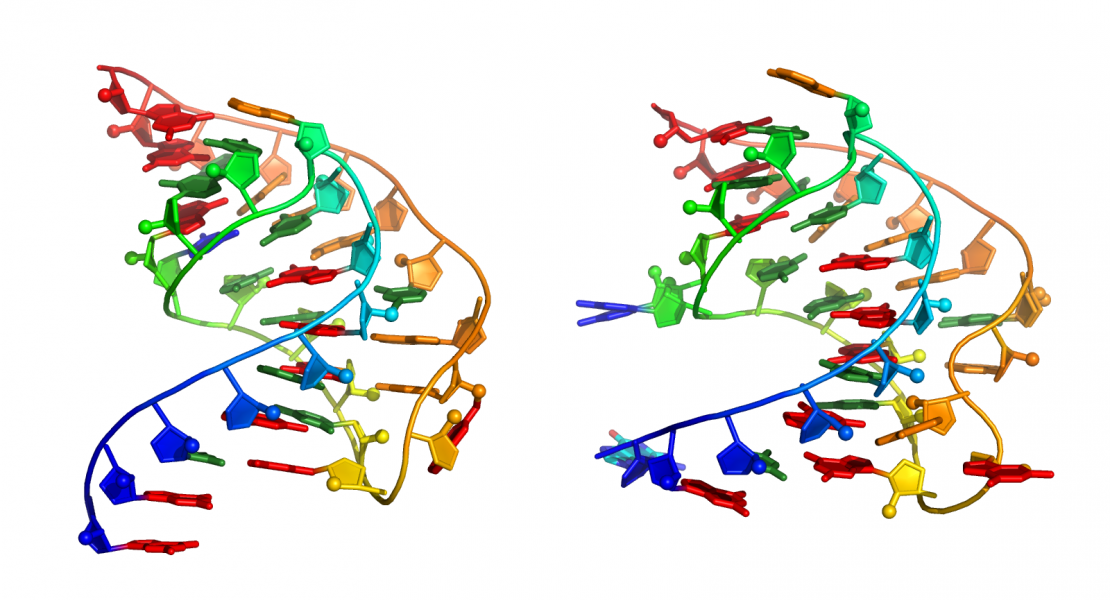Alternative 3′ UTRs act as scaffolds to regulate membrane protein localization

Abstract
About half of human genes use alternative cleavage and polyadenylation (ApA) to generate messenger RNA transcripts that differ in the length of their 39 untranslated regions (39 UTRs) while producing the same protein1–3. Here we show in human cell lines that alternative 39 UTRs differentially regulate the localization of membrane proteins. The long 39 UTR of CD47 enables efficient cell surface expression of CD47 protein, whereas the short 39 UTR primarily localizes CD47 protein to the endoplasmic reticulum. CD47 protein localization occurs post-translationally and independently of RNA localization. In our model of 39 UTR-dependent protein localization, the long 39 UTR of CD47 acts as a scaffold to recruit a protein complex containing the RNA-binding protein HuR (also known as ELAVL1) and SET4 to the site of translation. This facilitates interaction of SET with the newly translated cytoplasmic domains of CD47 and results in subsequent translocation of CD47 to the plasma membrane via activated RAC1 (ref. 5). We also show that CD47 protein has different functions depending on whether it was generated by the short or long 39 UTR isoforms. Thus, ApA contributes to the functional diversity of the proteome without changing the amino acid sequence. 39 UTR-dependent protein localization has the potential to be a widespread trafficking mechanism for membrane proteins because HuR binds to thousands of mRNAs6–9, and we show that the long 39 UTRs of CD44, ITGA1 and TNFRSF13C, which are bound by HuR, increase surface protein expression compared to their corresponding short 39 UTRs. We propose that during translation the scaffold function of 39 UTRs facilitates binding of proteins to nascent proteins to direct their transport or function—and this role of 39 UTRs can be regulated by ApA.
